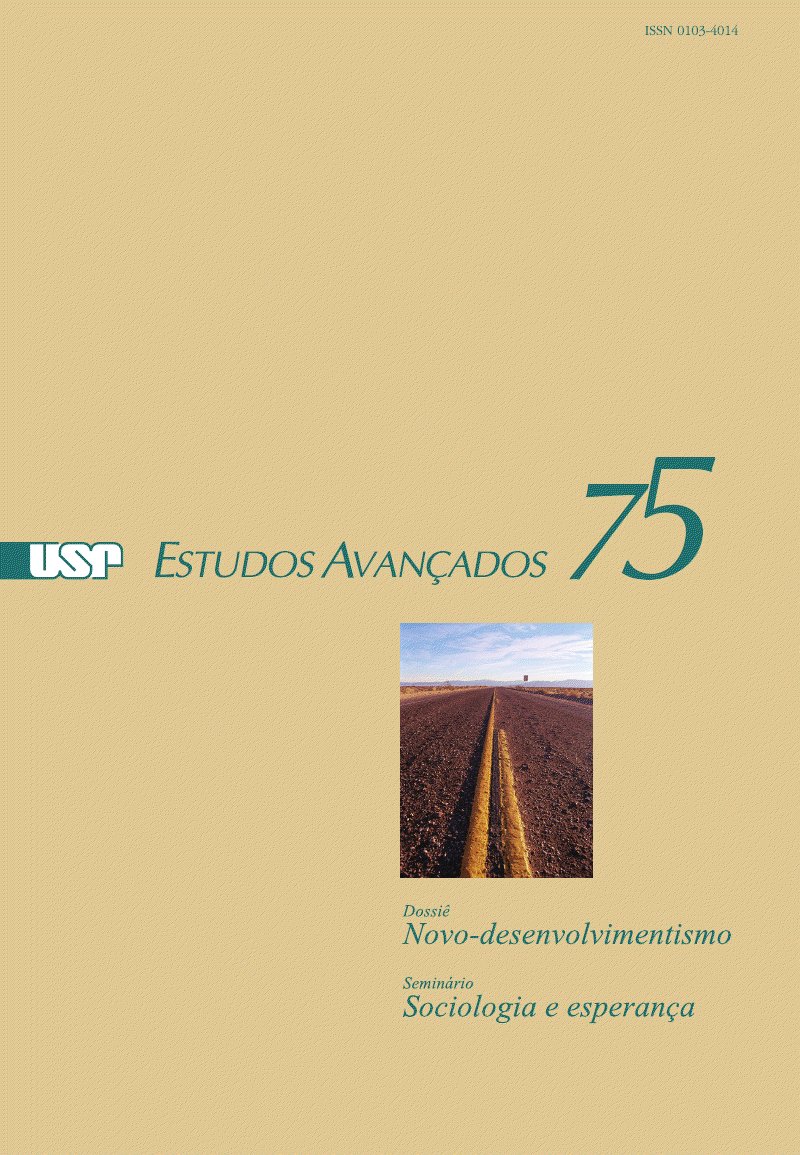Do estilo em ciência e em história das ciências
Keywords:
Creation, History, Intelligibility, Knowledge, Objectivity, Reason, Style, Subject, Symbolic thought, Tension, Weaving of knowledgesAbstract
By considering scientific knowledge as a form of symbolic thought, we do not mean by the latter simply systems of signs, but thought contents (expressed by concepts) related between them and providing meaning ; they are, in the space of mental representations, the substitutes of the «objectively given» that one supposes to underly the experience of the «world» done through the senses and the understanding, both being indissociable at this level. This symbolic thought gets density and consistence in the «weaving» that is made, through the work of the individuals thoughts put together in social and cultural communication, and immersed in the time of history. The dynamical tension between the subject of knowledge, who is looking for intelligibility (by the operations of his reasoning), and the objectivity he aims at of the knowledge contents (first given to him, and then modified or renewed by him), produces as an effect the movement of scientific thought and the transformations of knowledge. This work of the symbolic thought is characterized by a style proper to each acting subject, but which may exhibit some common features in given contexts, schools or traditions. In science and in history of science, style intervenes at two levels : that one of the « objectal » approach of the production of works by scientists, and that one of the « reflexive » approach by epistemological history and by philosophy, which inquire about the meaning of the knowledge contents themselves as well as about that of the rational, symbolic, thought whose function is to bring them to light.Downloads
Download data is not yet available.
Downloads
Published
2012-08-01
Issue
Section
Sciences
License
Estudos Avançados não celebra contrato de cessão de direitos autorais com seus colaboradores, razão pela qual não detém os direitos autorais dos artigos publicados. Os interessados em reproduzir artigos publicados na revista devem necessariamente obter o consentimento do autor e atribuir devidamente os créditos ao periódico.
How to Cite
Paty, M. (2012). Do estilo em ciência e em história das ciências . Estudos Avançados, 26(75), 291-308. https://journals.usp.br/eav/article/view/39499


